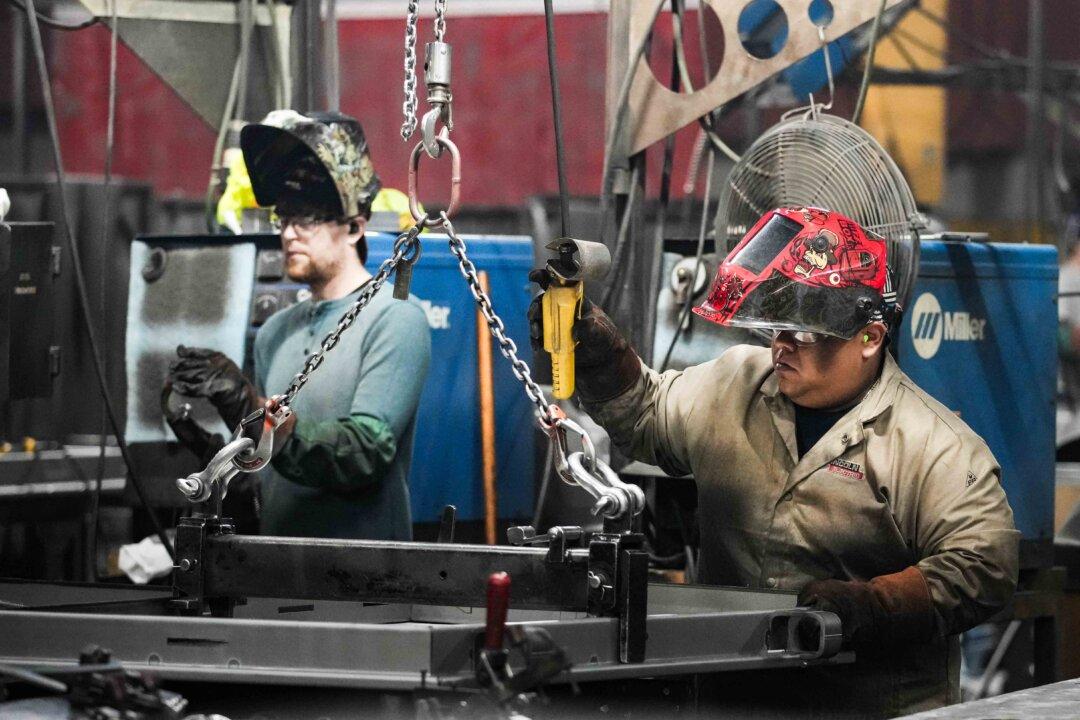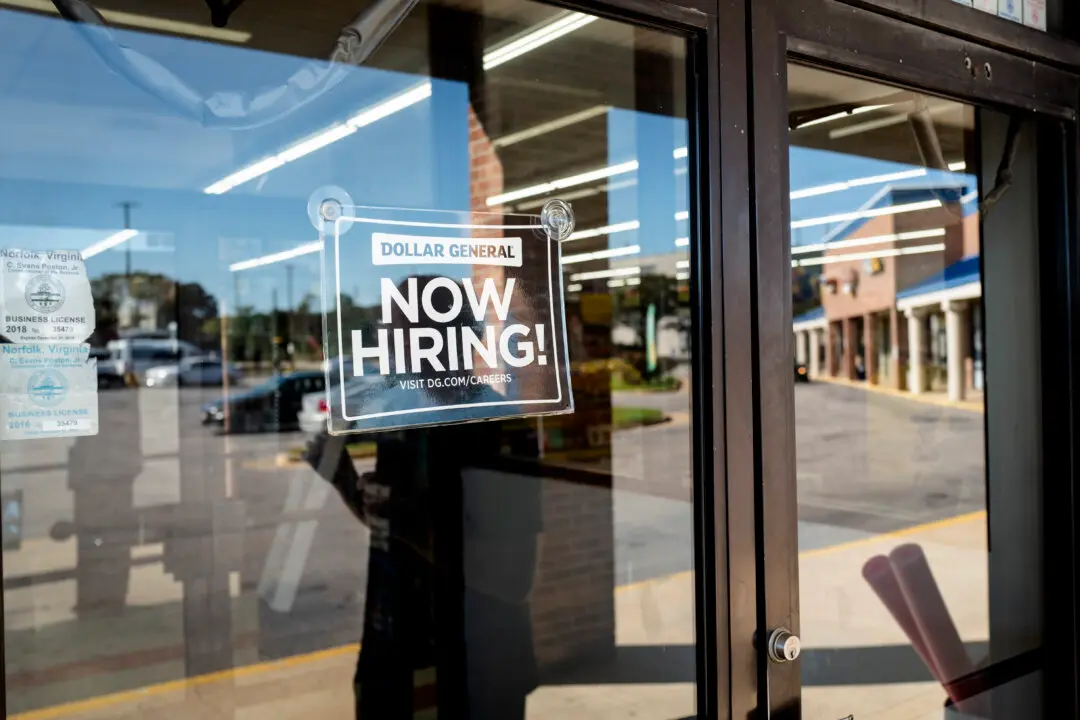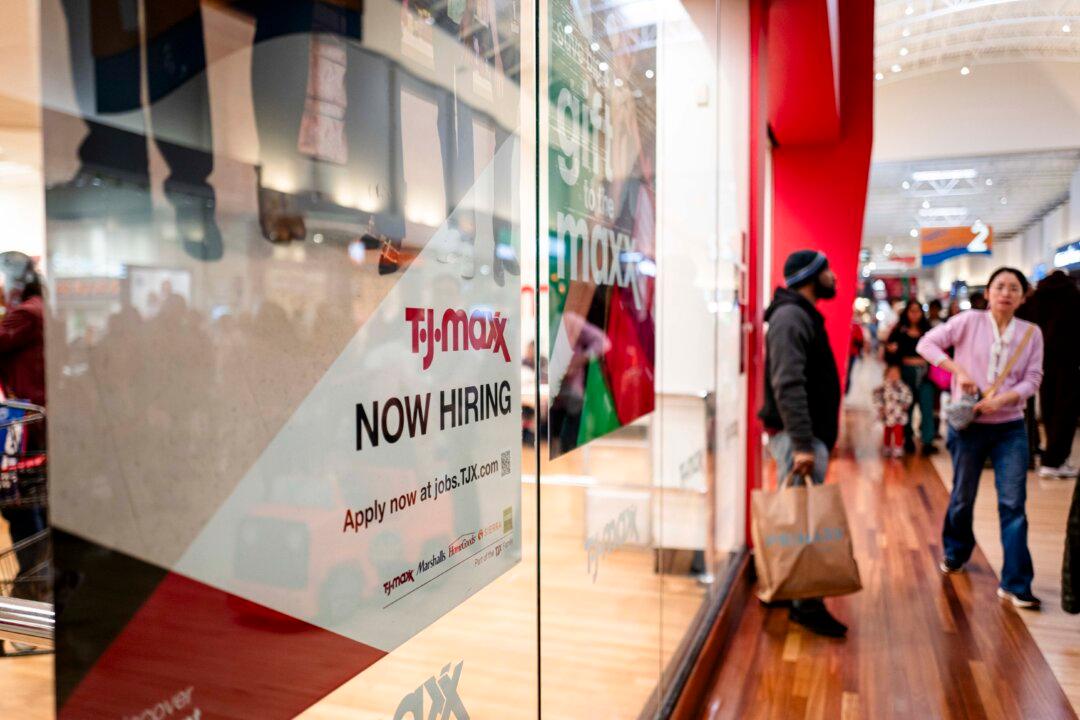The U.S. economy created 336,000 new jobs in September, reversing the cooling trend that was seen over the summer months, according to new data from the Bureau of Labor Statistics (BLS). This was also an increase from the upwardly revised 227,000 in August and higher than the consensus estimate of 170,000.
After seven months of downward employment revisions, the BLS adjusted payrolls for July and August higher by 79,000 and 40,000, respectively.





